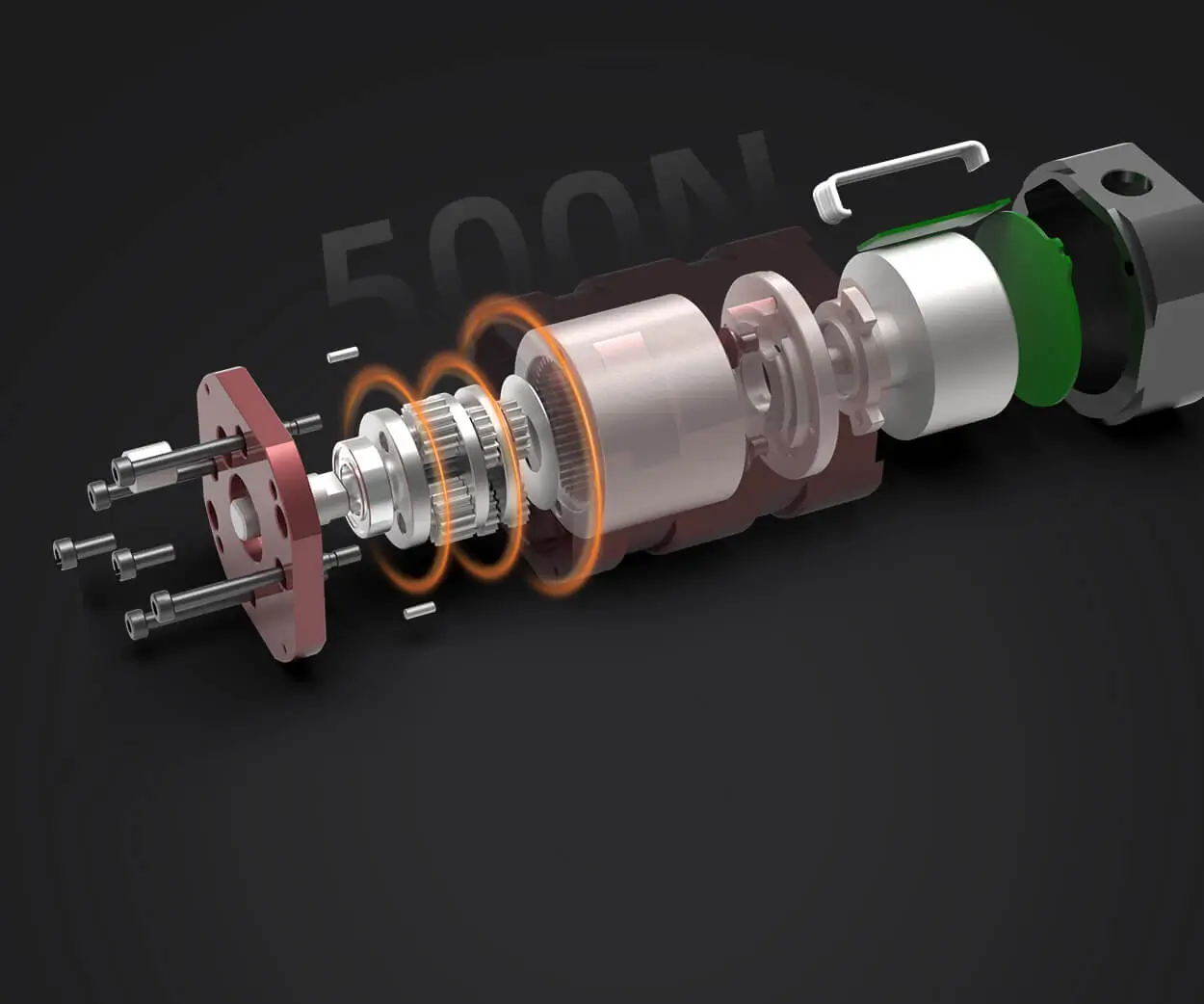Looking to attach a micro servo to your Arduino without the hassle? You're in the right place. Sometimes, hooking up a tiny servo can feel like trying to tie a knot in a piece of spaghetti—slippery, frustrating, and a little overwhelming. But trust me, once you get the hang of it, it's pretty straightforward.

First off, understanding the basics is key. A micro servo typically has three wires: power (+V), ground (GND), and control signal (PWM). Connecting these correctly to your Arduino isn't rocket science, but it deserves attention. The power and ground wires are usually red and black or brown. The control wire might be yellow, orange, or white. Don't get mixed up—it's easy to think that the wire colors are standardized, but always double-check the datasheet or manufacturer's guide.
When attaching your micro servo, start by securely fixing it to your project frame or whatever you're working on. Use small screws or clips—something that keeps it steady during operation. Loose connections lead to jitter or even damage to the servo.
Now, wiring. Connect the red power wire to the 5V pin on the Arduino. Why 5V? Most micro servos operate on 4.8V to 6V, so the Arduino's 5V pin is perfect. For ground, connect the black or brown wire to one of the Arduino's GND pins. The control wire? That gets plugged into a digital pin capable of PWM, like pin 9 or 10. PWM is what allows you to control the angle of the servo with precision.
Here's a question that might pop into your mind: “Can I power multiple servos off the Arduino?” Short answer: maybe, but be cautious. Servos draw quite a bit of current, and overloading the Arduino's power supply can cause resets or erratic behavior. Consider using an external power supply for multiple servos. Connect all grounds together—Arduino GND and external power GND—and make sure the common ground is solid.
Programming is the fun part. Using popular libraries makes life easier. Call up the servo library, initialize your servo object, attach it to the right pin, and you're all set to start experimenting with angles. Just remember, abrupt movements can clutter your project's smoothness—gradual changes look more natural.
Ever wondered about troubleshooting? If your servo twitch without commands, check your wiring again. Loose connections happen more often than you'd think, especially when you're rushing. Or maybe the control signal isn’t reaching your servo properly—double-check your code and make sure you've called the right pin.
Maybe you're curious—how precise can micro servos be? Well, most offer around 180 degrees rotation with about 1-degree accuracy, but that heavily depends on each model. Some are better for delicate robotic arms, others for simple movements.
Feeling excited about starting your project? The thrill of seeing a tiny servo move in response to your code, feeling like a puppet master with just a few lines of code—there’s really nothing quite like it. Once everything clicks into place, you'll realize that attaching a micro servo to Arduino isn’t just a task; it’s a gateway to endless creative possibilities.
Established in 2005, Kpower has been dedicated to a professional compact motion unit manufacturer, headquartered in Dongguan, Guangdong Province, China. Leveraging innovations in modular drive technology, Kpower integrates high-performance motors, precision reducers, and multi-protocol control systems to provide efficient and customized smart drive system solutions. Kpower has delivered professional drive system solutions to over 500 enterprise clients globally with products covering various fields such as Smart Home Systems, Automatic Electronics, Robotics, Precision Agriculture, Drones, and Industrial Automation.




































